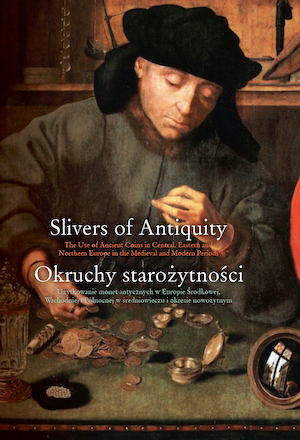ANCIENT COINS FROM EARLY MEDIEVAL POLISH FINDS / MONETY ANTYCZNE Z WCZESNOŚREDNIOWIECZNYCH ZNALEZISK POLSKICH
ANCIENT COINS FROM EARLY MEDIEVAL POLISH FINDS
Author(s): Mateusz Bogucki
Subject(s): Anthropology, Archaeology, Cultural Anthropology / Ethnology
Published by: Wydawnictwa Uniwersytetu Warszawskiego
Keywords: ancient coins; Roman coins; coin finds; coin hoards; early medieval context; monetary circulation
Summary/Abstract: Ancient coins, almost exclusively Roman denarii from the 1st and 2nd centuries AD, constitute a very small percentage of hoards and other assemblages dated by the latest coins to the Early Middle Ages. The coins occur in hoards apparently falling into an older, 10th–early 11th century group of finds from Greater Poland and Silesia, and a later, 11th century group from Pomerania (Pomorze). Possible causes of such a distinction might be differences in money market control systems or in the direction of the coin influx. A closer analysis of the coins and their distribution suggests that ancient coins had functioned as a means of payment in that time. Unlike similar finds recorded in Scandinavia, Roman denarii were not used in Poland in the Early Middle Ages as ornaments/amulets. The discoveries made at the cemetery at Dziekanowice, and possibly also on the settlement complex at Tum, show that some of the ancient coins derive from ancient coin finds made in the vicinity during the Early Middle Ages.
- Page Range: 43-64
- Page Count: 22
- Publication Year: 2020
- Language: English, Polish
- Content File-PDF

